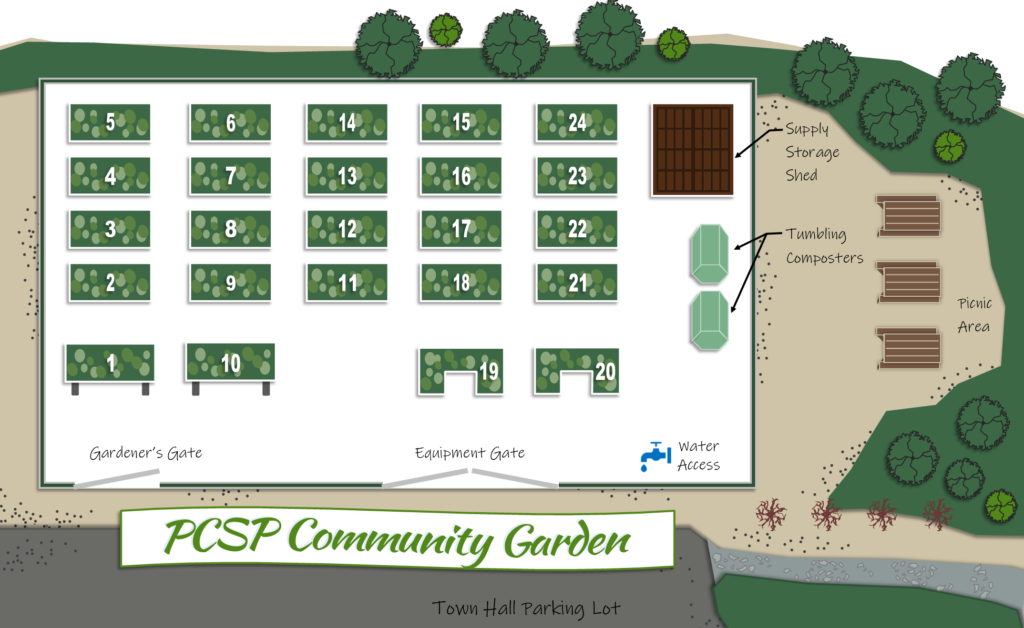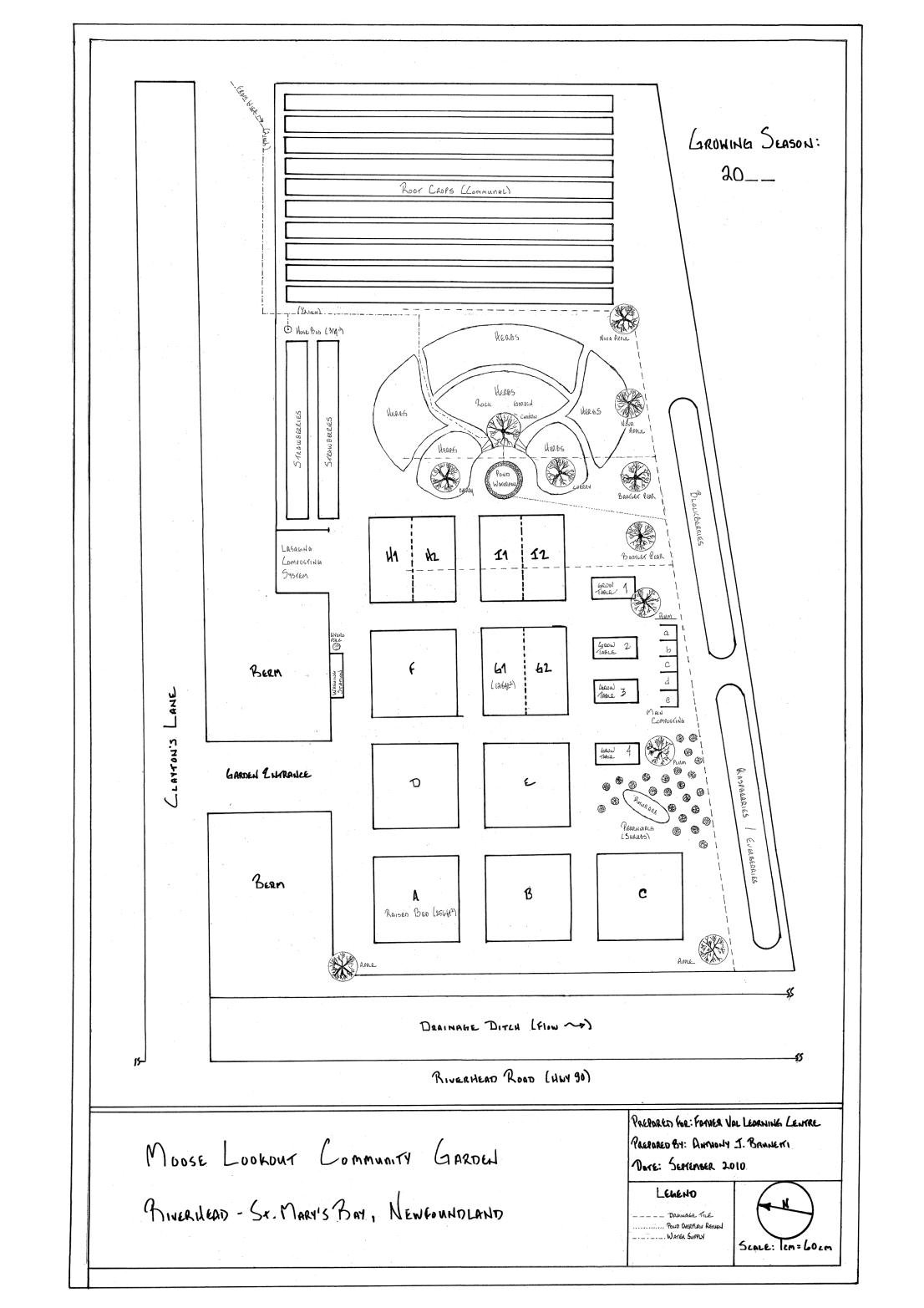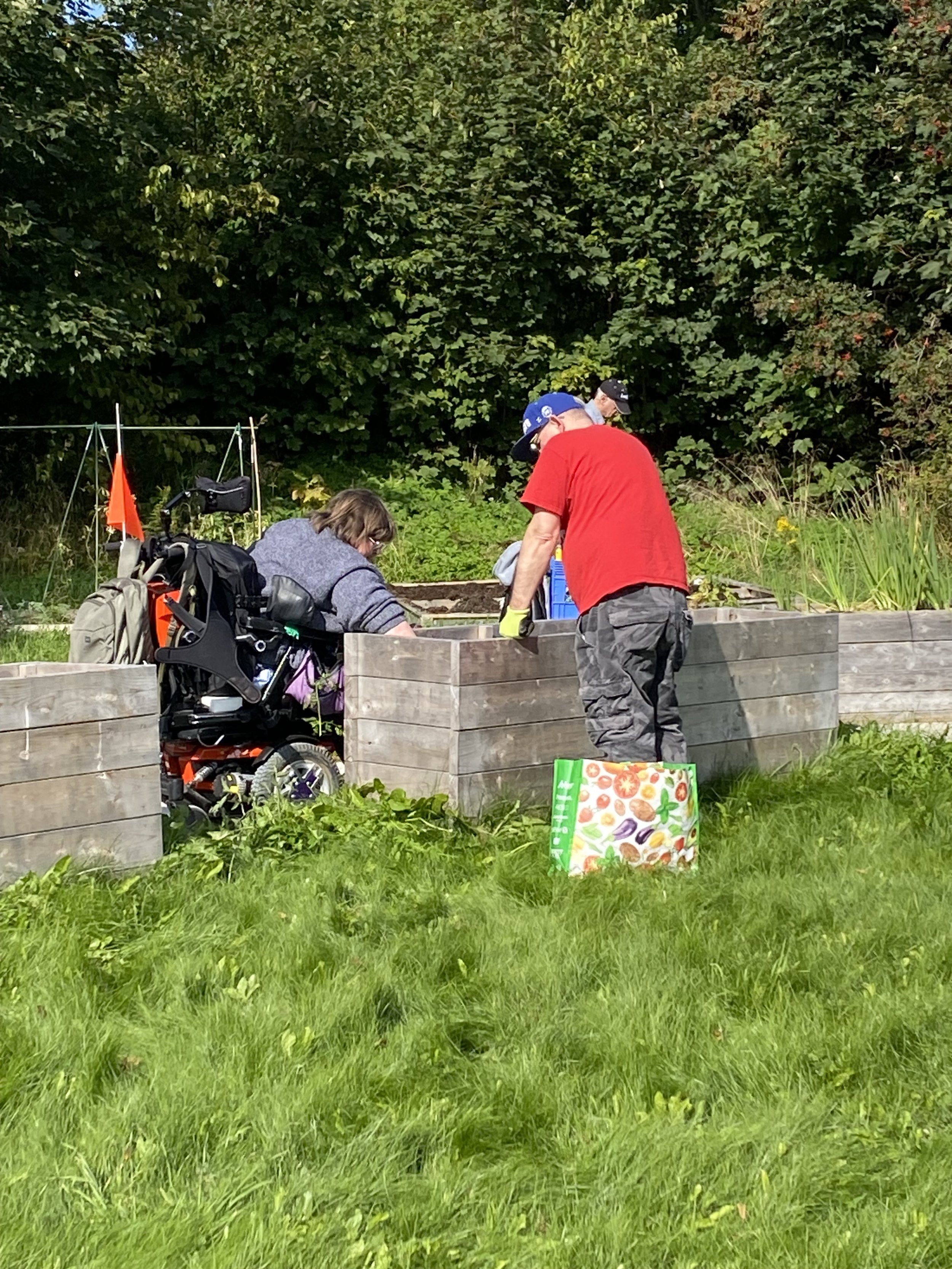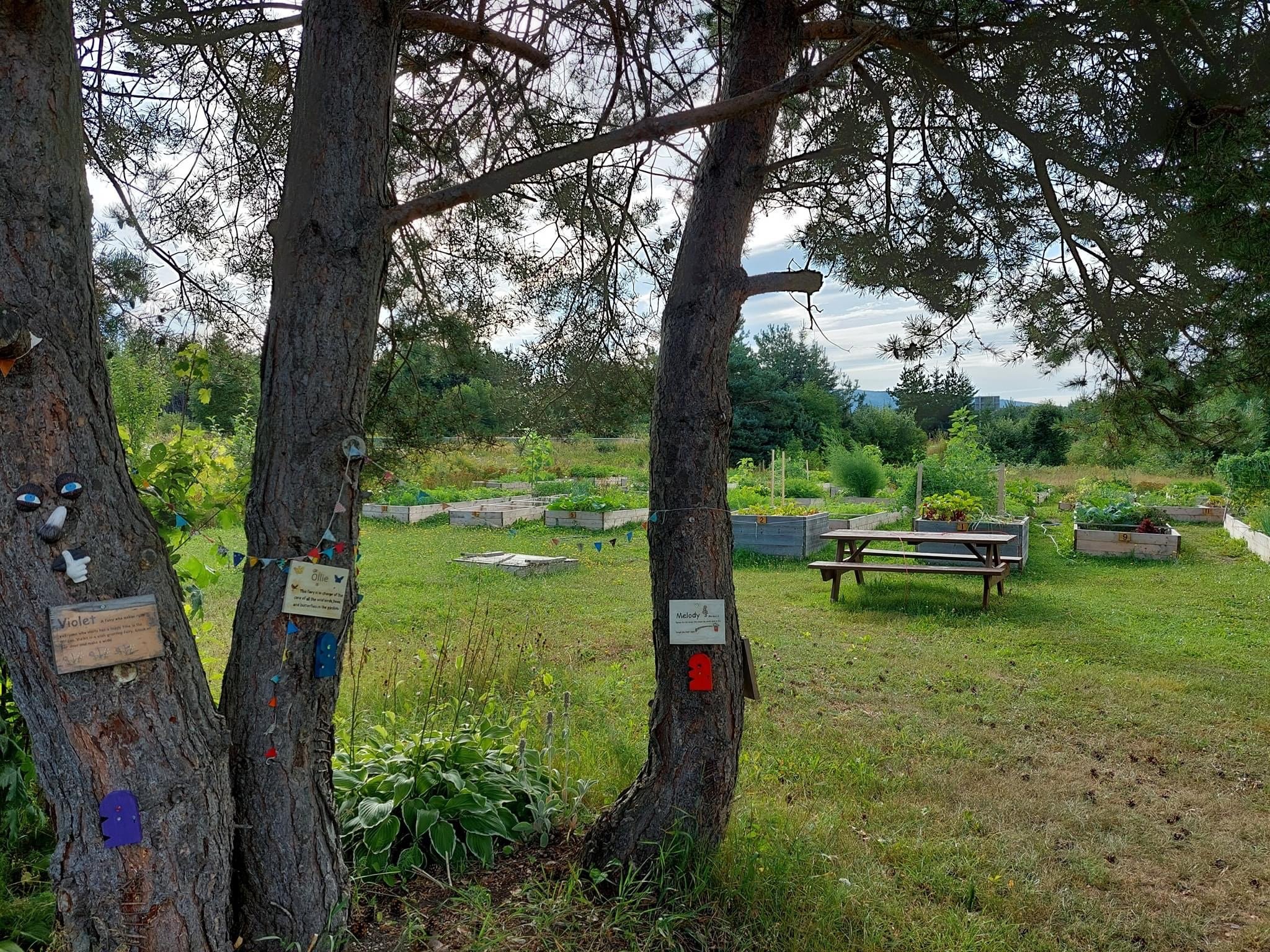Local Gardens in Action
Our Community Garden Toolkit has lots of ideas about garden design, layout, and necessary structures. But what do these look like in practice? Enter Local Gardens in Action!
This is your go-to source for inspiration from community gardens across Newfoundland and Labrador. There are many opportunities to get creative with your Garden’s design and structures while staying functional. We hope these examples help get your creative juices flowing!
Section Contents
► Useful Structures
► Clear Signage
► Special Features
See something you love or want to learn more about? Contact the gardens directly! You can find them in our Local Food Programs Map.
Site Maps
A good site map, or garden map, is an important foundation for your community garden plan. Here are a few examples from N.L. but there are many examples to inspire online.




Raised Beds
Raised beds are useful when ground soil is contaminated. Not sure if your soil is safe? Revisit our section on site preparation and soil testing.
Beds should be a maximum of two feet (2’) wide to allow access from one side, and a maximum of four feet (4’) wide to allow access from two sides.
Where space is limited, a minimum of 32 square feet (4’ X 8’) with a soil depth of 6” to 18” is sufficient to grow a good range and quantity of produce.
Wheelchair-accessible gardens should be 2’ to 4’ above grade.
Community Composting
On-site composting is key to managing gardens and creating nutrient-rich soils. One three-stage composter is generally required for every 10–15 standard-sized (4’ X 8’) garden beds, or every 320–480 square feet.
The MUN Botanical Garden, Rethink Waste N.L., and the N.L. Community Composting Network are fantastic resources for composting in our province.
Useful Structures
Structures can be functional and add to the garden's welcoming environment. They can create spaces for people to spend time and connect with fellow gardeners. Structures include things like storage sheds, potting areas, greenhouses, benches, playgrounds, and picnic tables.
Clear Signage
Signage for the garden, individual plots, and even crops can make finding things easier and create a special identity for the garden. Weather-protected bulletin boards help gardeners share information.
Special Features
Enhance your community gardens with special features, such as a fruit tree orchard, beekeeping facilities, or demonstration plots. Fun additions, like fairy houses, help make the garden exciting for everyone!
Contact
Contact our staff with any Community Garden Toolkit questions or comments. Email us at info@foodfirstnl.ca or call and leave a message at (709) 237-4026




































